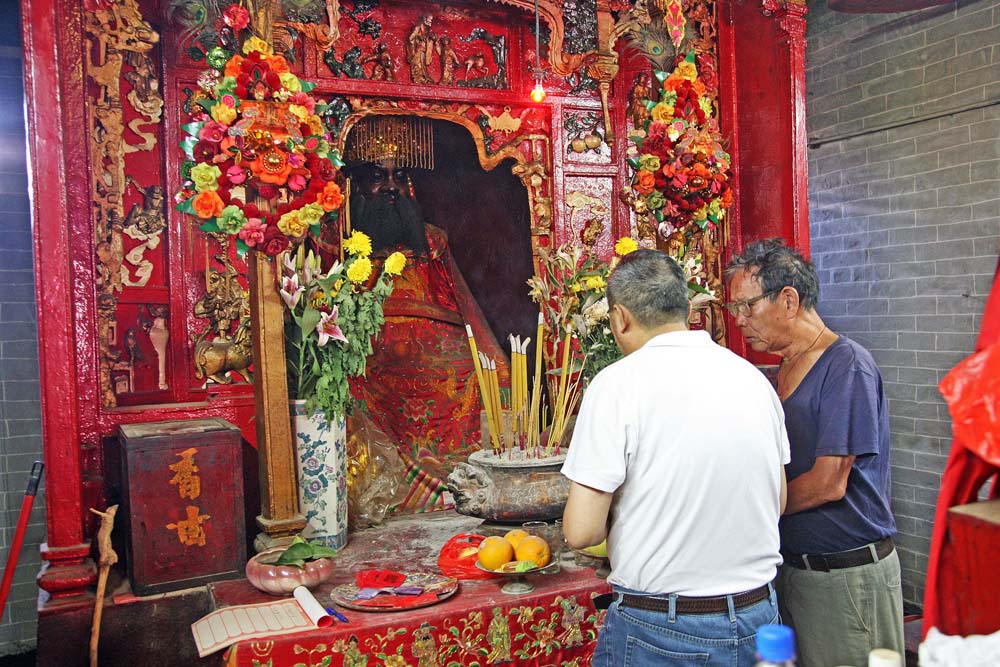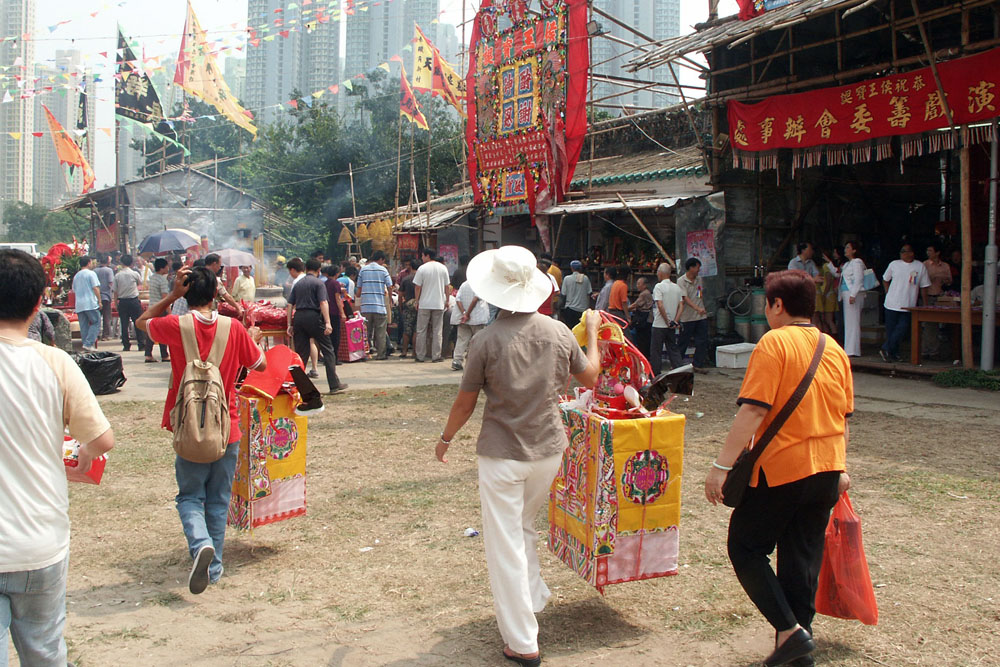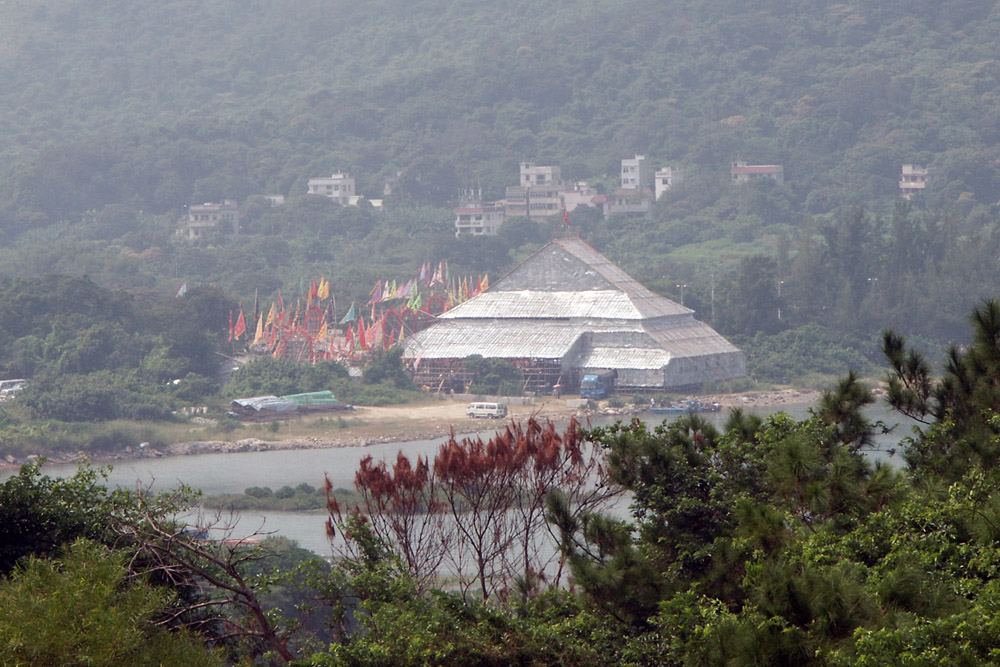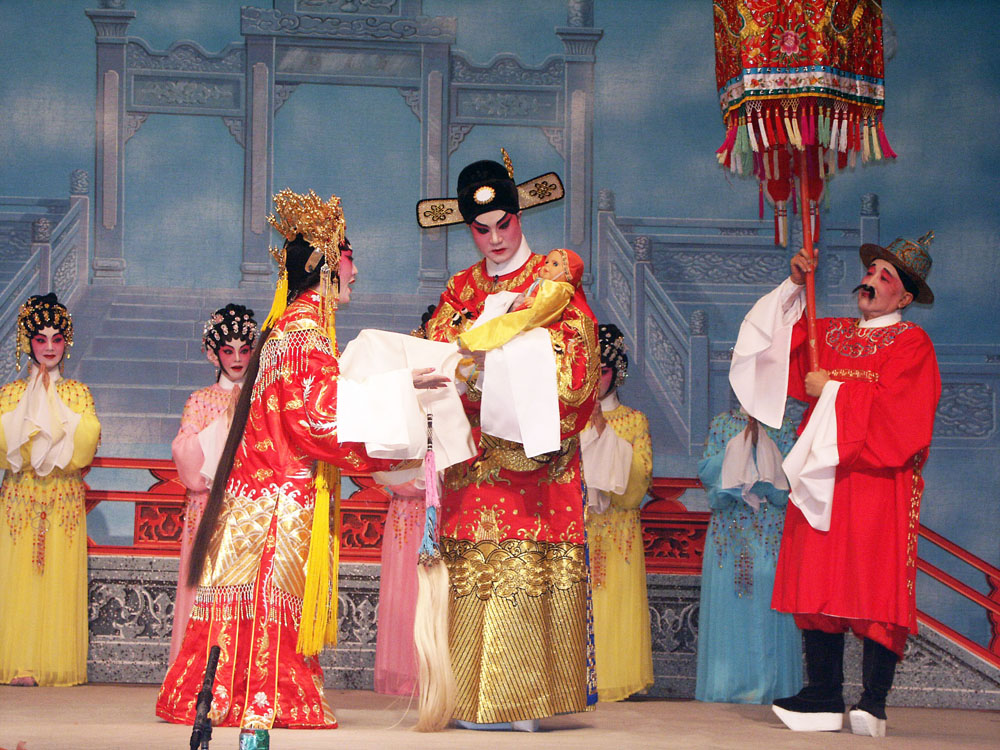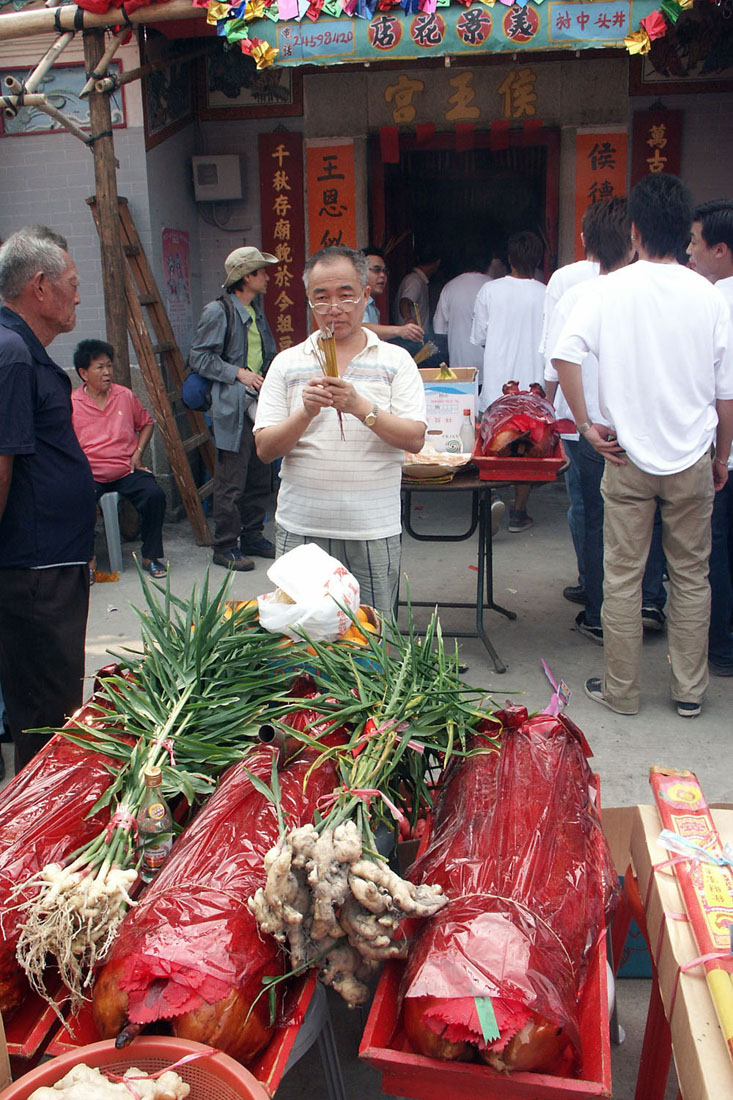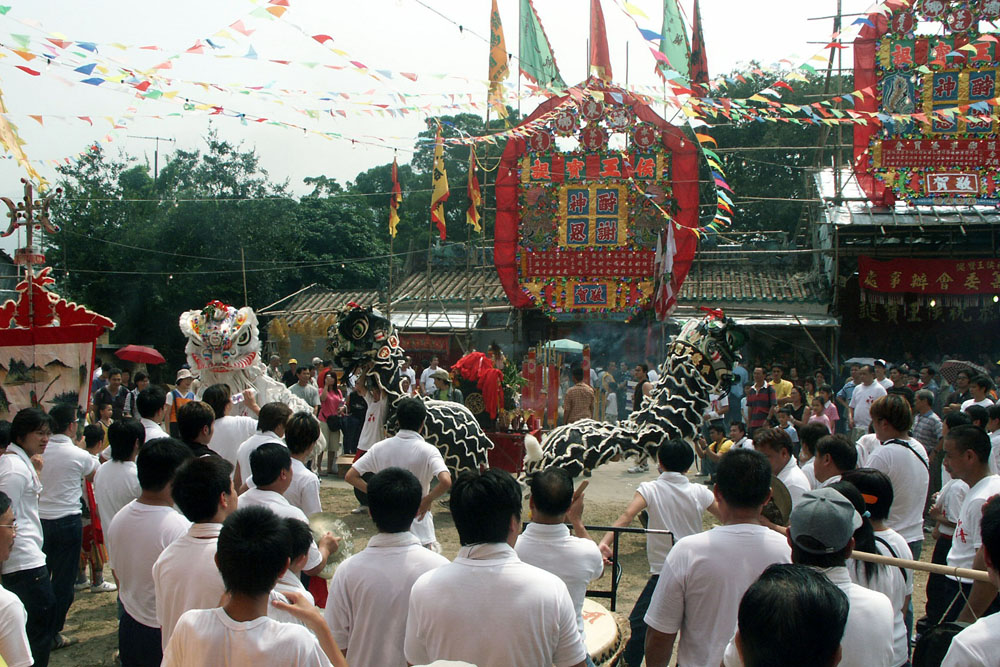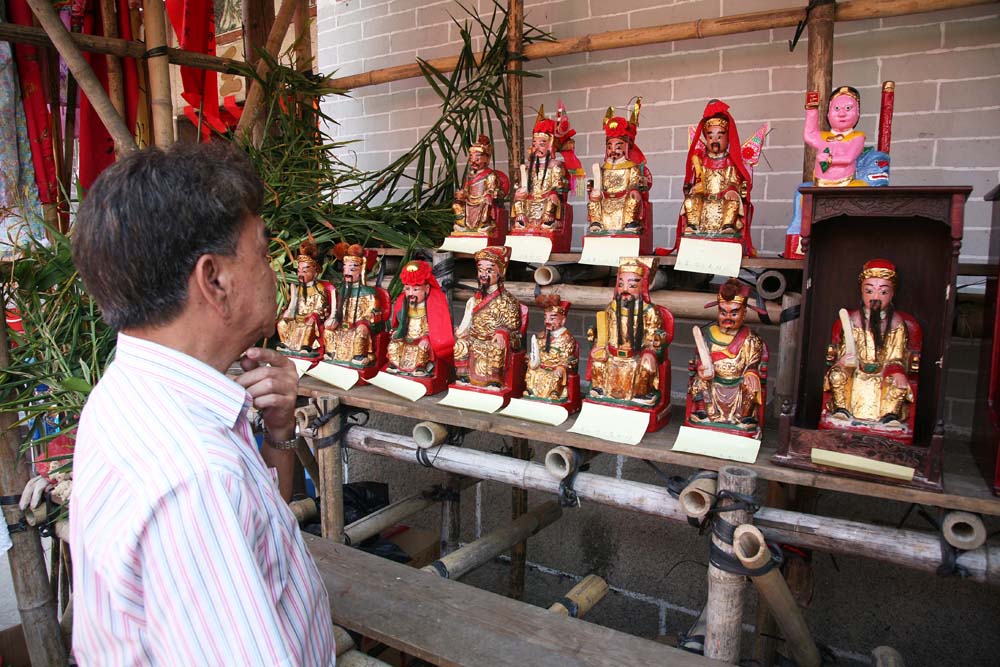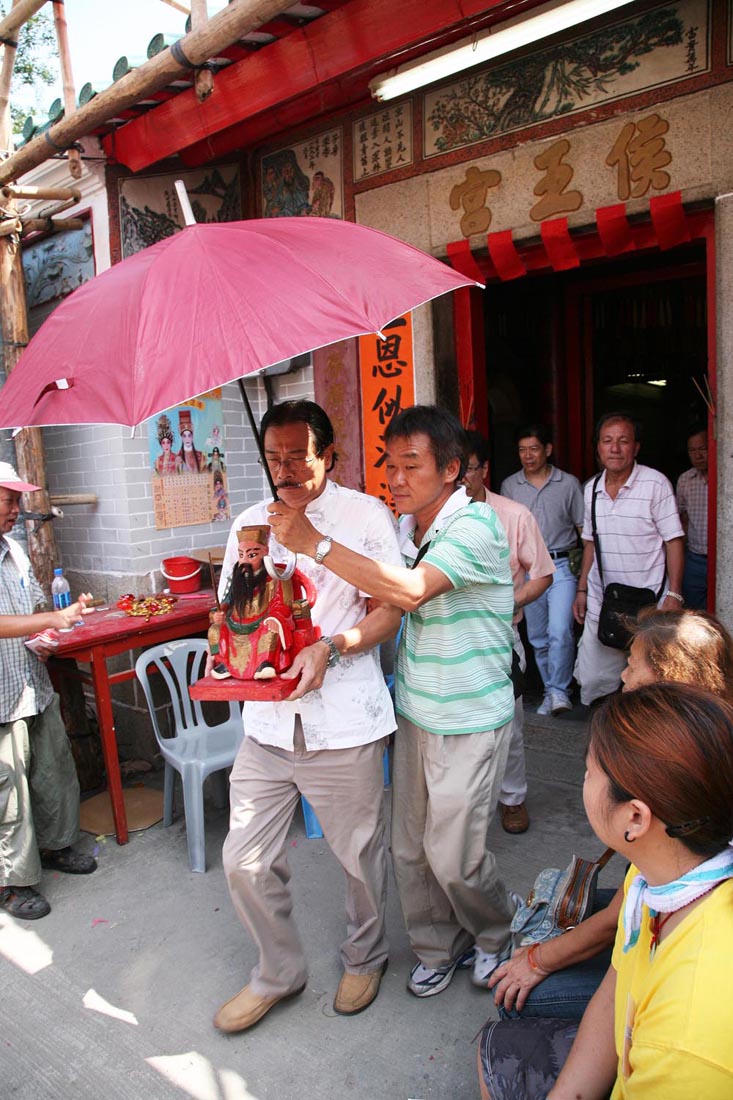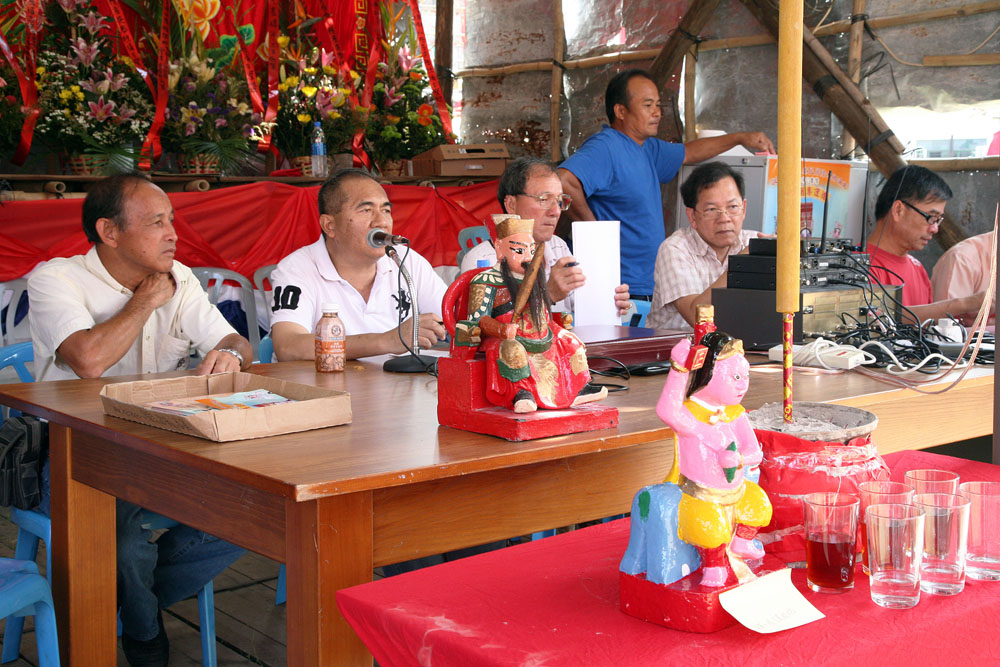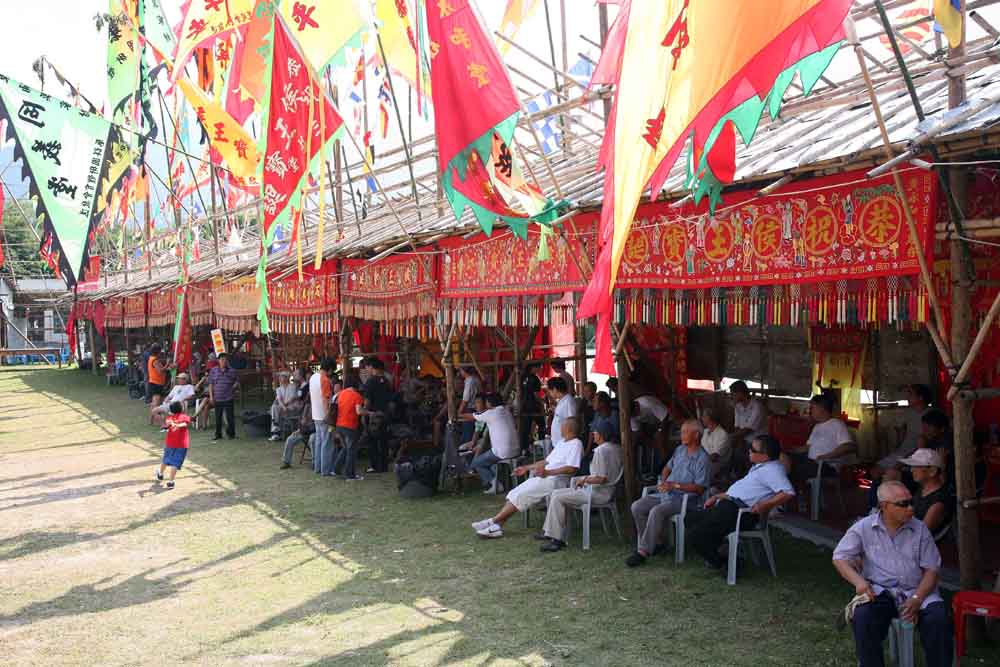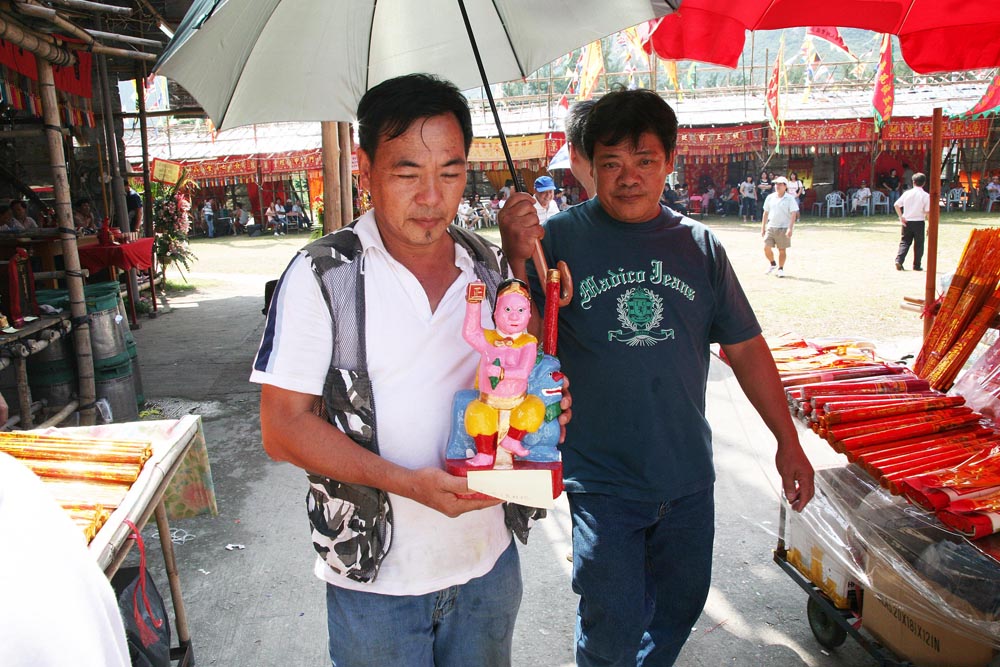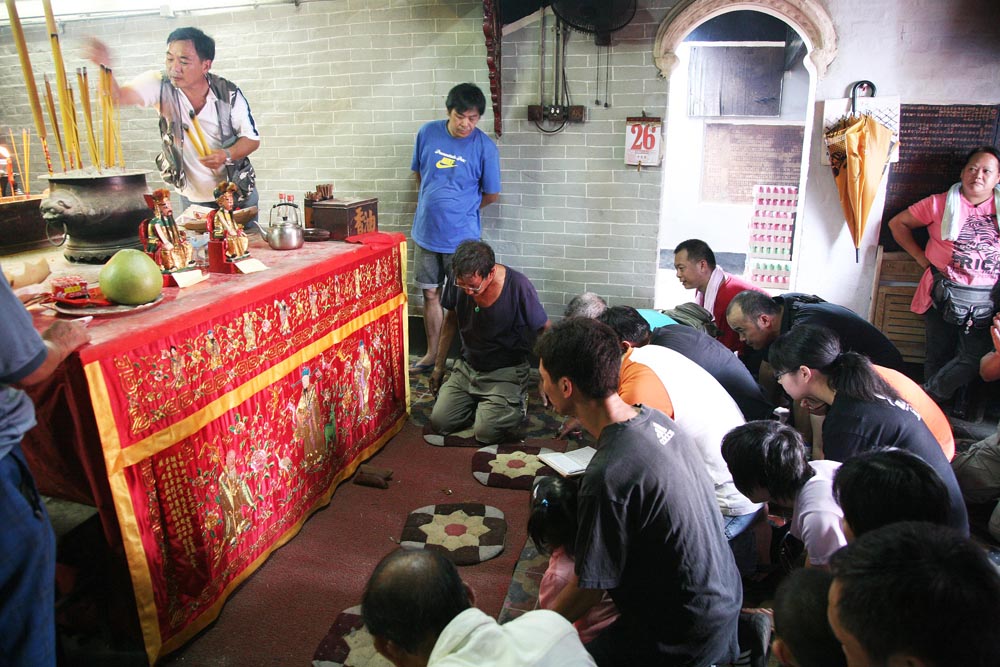-
History & Society
- Education in Pre-war Hong Kong
- History of Taikoo Sugar Refinery
- Hong Kong Products Exhibition
- Local Festivals Around the Year
- Post-war Industries
- Pre-war Industry
- The Hong Kong Jockey Club Archives
- Tin Hau Festival
- Memories We Share: Hong Kong in the 1960s and 1970s
- History in Miniature: The 150th Anniversary of Stamp Issuance in Hong Kong
- A Partnership with the People: KAAA and Post-war Agricultural Hong Kong
- The Oral Legacies (I) - Intangible Cultural Heritage of Hong Kong
- Hong Kong Currency
- Hong Kong, Benevolent City: Tung Wah and the Growth of Chinese Communities
- The Oral Legacies Series II: the Representative List of the Intangible Cultural Heritage of Hong Kong
- Braving the Storm: Hong Kong under Japanese Occupation
- A Century of Fashion: Hong Kong Cheongsam Story
Geography & EnvironmentArt & Culture- Calendar Posters of Kwan Wai-nung
- Festival of Hong Kong
- Ho Sau: Poetic Photography of Daily Life
- Hong Kong Cemetery
- Sketches by Kong Kai-ming
- The Culture of Bamboo Scaffolding
- The Legend of Silk and Wood: A Hong Kong Qin Story
- Journeys of Leung Ping Kwan
- From Soya Bean Milk To Pu'er Tea
- Applauding Hong Kong Pop Legend: Roman Tam
- 他 FASHION 傳奇 EDDIE LAU 她 IMAGE 百變 劉培基
- A Eulogy of Hong Kong Landscape in Painting: The Art of Huang Bore
- Imprint of the Heart: Artistic Journey of Huang Xinbo
- Porcelain and Painting
- A Voice for the Ages, a Master of his Art – A Tribute to Lam Kar Sing
- Memories of Renowned Lyricist: Richard Lam Chun Keung's Manuscripts
- Seal Carving in Lingnan
- Literary Giant - Jin Yong and Louis Cha
Communication & Media- Hong Kong Historical Postcards
- Shaw Brothers’ Movies
- Transcending Space and Time – Early Cinematic Experience of Hong Kong
- Remembrance of the Avant-Garde: Archival Camera Collection
- Down Memory Lane: Movie Theatres of the Olden Days
- 90 Years of Public Service Broadcasting in Hong Kong
- Multifarious Arrays of Weaponry in Hong Kong Cinema
-
History & SocietyGeography & EnvironmentArt & Culture
-
View Oral History RecordsFeatured StoriesAbout Hong Kong Voices
-
Hong Kong MemoryLocal Festivals Around the YearRecently Visited
Hau Wong Birthday
-
The 16th – 20th day of the 8th month of the Lunar Calendar
Hau Wong, literally “Prince Marquis”, is a traditionally worshipped deity in the south part of Guangdong Province. There are several Hau Wong temples scattering in different places of Hong Kong, such as Kowloon, New Territories and the outlying islands. Despite the small number of worshippers, birthday celebration for Hau Wong was held every year at those temples within the traditional communities, which was were no less exuberant than other deities’ birthday celebration.
-
Hau Wong’s Identity
No conclusion has been drawn on Hau Wong’s identity. According to Chan Pak-to, a scholar of Qing Dynasty, Hau Wong should be the Prince Marquis Yeung Leung-jit, who was a general known for his loyalty in the late Southern Song Dynasty. He was bestowed the title ‘Marquis’ when he was alive and ‘King’ upon his death. Since he courageously protected the last emperor of that dynasty, the temple was built to venerate him. Other scholars suggest that Hau Wong was a person named Yeung Hau, people called him 'King Yeung Hau', who had cured Emperor Bing, the last emperor of the Southern Song Dynasty. Nonetheless, the unidentified origin does not undermine adherents’ devoutness to Hau Wong.
-
Different Birthdays
In Hong Kong, there are three birthdays for Hau Wong, namely, 6th day, 16th day of the 6th Lunar month, and the 18th day of the 8th Lunar month. The celebrations for Hau Wong’s Birthday in Tung Chung are of the largest scale for Hau Wong’s Birthday. According to the local elders, the birthday was on the 6th of the 6th Lunar month in the early years, however, farmers were normally busy with planting rice during that period, so the festival was rescheduled and became a five-day celebration after the Mid-Autumn Festival. During the festival, live Chinese operas and dramas for deities were performed free of charge for the residents in the neighborhood. Dinner gatherings and auctions for holy relics were also arranged. This heated festival had become an important celebration which connected residents from both the sea and inland in Tung Chung.
-
Tung Chung Hau Wong Temple
Tung Chung Hau Wong Temple is located at Sha Tsui Tau. There is a copper bell in the temple made in 1765, which infers that the temple was built no later than that year. Apart from Hau Wong, the temple also houses Choi Sun, the God of Prosperity, in the left room. The lifelike miniature human figures on the roof ridge are Shek Wan productions made in 1910. Both ends of the ridge are decorated with phoenix figures. The big square in front of the temple, which is said to have been used as a military training site, is now used for festival celebrations.
-
Festival Programmes
Festival started at 7pm on the first day, when members of the Tung Chung Rural Committee worshipped in the Hau Wong Temple and invited Hau Wong to watch the performance. Then began the Chinese operas and dramas for the deities including the play Six States Installation of Minister, etc. In the second evening, nearly hundred villagers and guests are invited to the grand free dinner held at the square in front of the temple. During the dinner, a stand-in Hau Wong statue was invited from the temple to watch the auctions for divine objects (including statues of deities, lanterns and sailing ships). Villagers were active in bidding, and all the revenues were reserved for funding the activities.
-
The 18th day of the 8th Lunar Month was the 'day proper' 正日of the festival. Villagers brought offerings (such as golden pigs and crowns for Hau Wong) to pay their homage in the Hau Wong temple. Members from Flower Cannon Associations also came one after another to return their tributes. Flower Cannons nowadays were simplified which were in the form of deity statues instead of additional huge paper floral tribute towers. Dragon and lion dancers also came to show their excellent skills in front of the temple to entertain people and the deities, which brought the celebration to a climax. In the afternoon there were Cantonese opera performances – first conventional auspicious plays, and then serious plays正本戲.
-
Auctions for Flower Cannon
Opposite to the Hau Wong temple was a large theatre shed for the deities and villagers to enjoy Cantonese operas. The area in front of the stage could accommodate one thousand people. Dozens of small sheds were also built on both sides of the stage for members of Flower Cannon Associations to take rest. At 1pm on the fourth day, all associations gathered in the sheds to bid for floral tributes. The stand-in Hau Wong statue was invited from the Hau Wong temple by members of Tung Chung Rural Committee to ‘monitor’ the process.
There were 22 tributes in total for the bidders with the highest prices. The ‘first tribute’ and the ‘second tribute’ ‘auxiliary first tribute’? were the most popular ones. This unique redistribution approach was different from ‘fighting for the tributes’ or ‘lucky draws’ in all the other places in Hong Kong. The associations that obtained the tributes (that is, the deity statues) could keep them for a year and then return in the following year for another auction.
-
Copyright © 2012 Hong Kong Memory. All rights reserved. -






